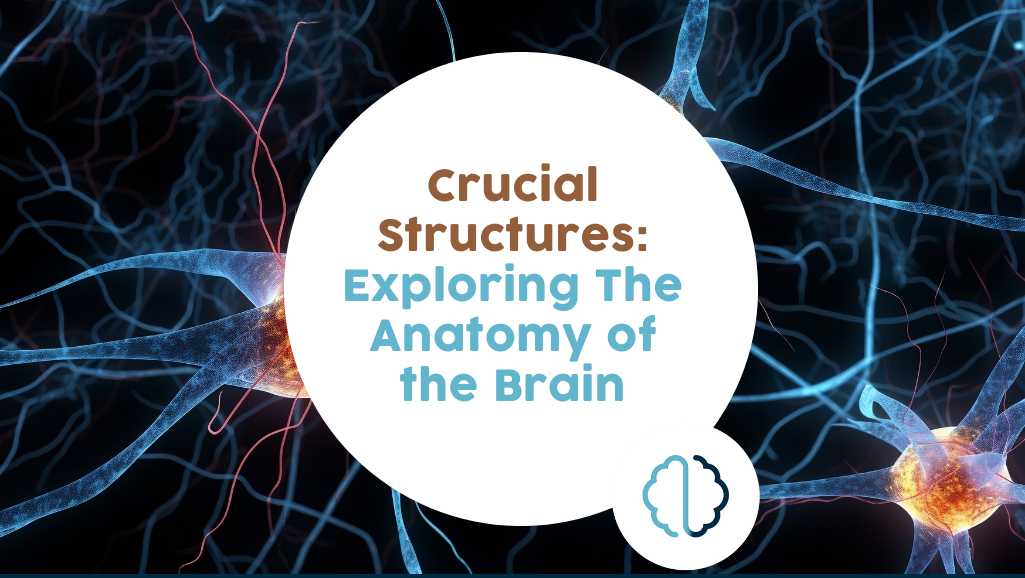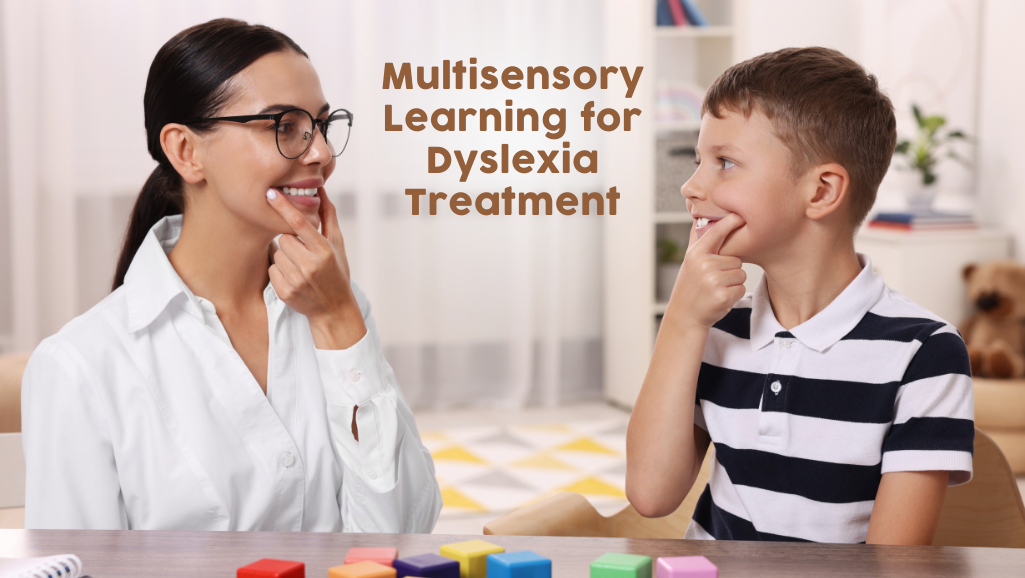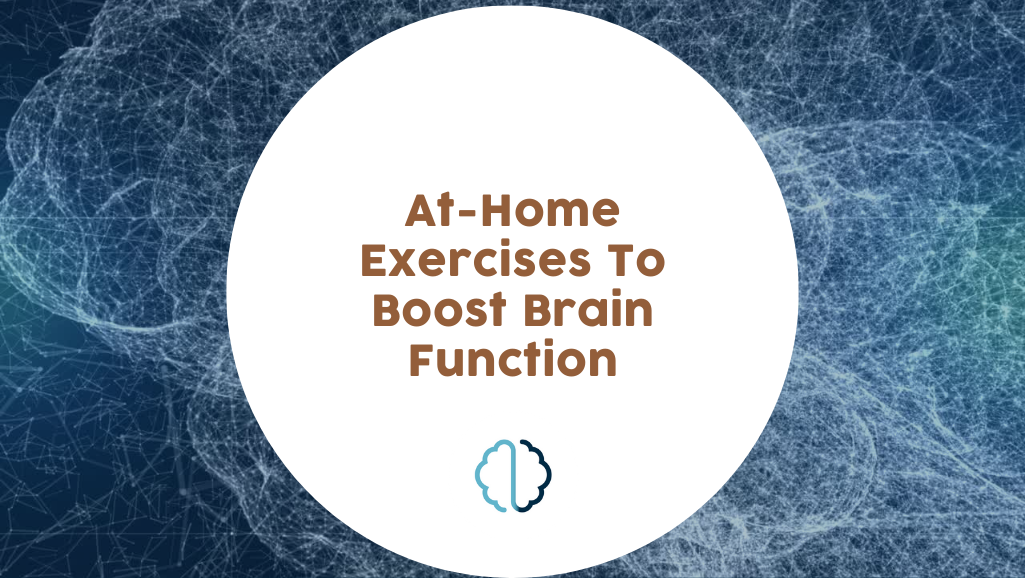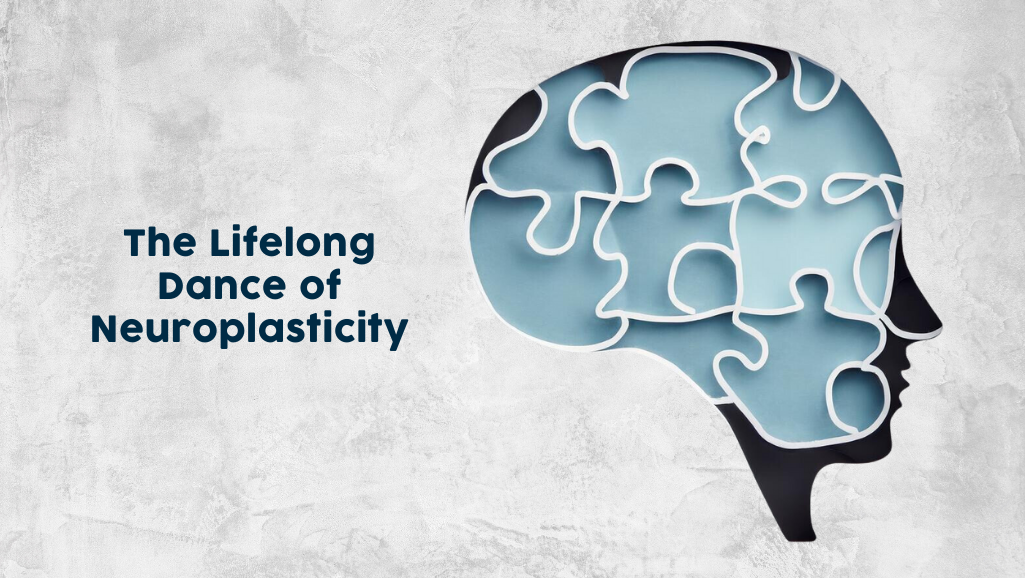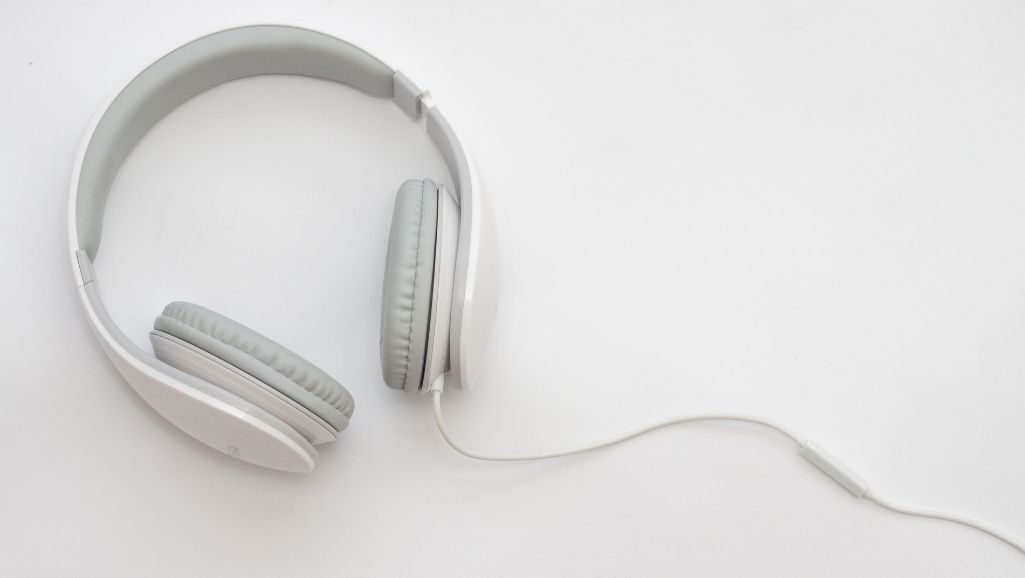Table of Contents
ToggleThe oldest known medical text is the Edwin Smith papyrus, which dates back nearly 5 thousand years. It’s an ancient Egyptian scroll, nearly 5 metres long, which describes 48 injuries – including traumatic brain injuries – and outlines suitable treatments.
The Edwin Smith papyrus is special for many reasons. One of them is that it contains the first written reference to the brain – in hieroglyphics, of course!

As the Ancient world gradually gave way to the modern one, we slowly learnt more about the brain and the nervous system.
Among many discoveries, we learned the importance of specific areas of the brain. Let’s take a look at the:
- Hippocampus
- Amygdala
- Thalamus
Hippocampus: Memory nexus
The hippocampus looks a little like a curvy seahorse (that’s how it got its name). There’s one on each side of your brain, sitting just behind your ear.
The hippocampus is part of your limbic system, which is responsible for your behavioural and emotional responses, including survival behaviours – fight or flight, food, reproduction or childrearing. It also helps you with spatial orientation and navigation.
The hippocampus also connects your memories with your emotions. It’s why the smell of freshly baked apple pie takes you back to your childhood, why you think of Christmas when you smell cinnamon and cloves and why the smell of freshly cut grass makes you think of summertime.
Along with all those functions, the hippocampus has a special power. It can make new brain cells (neurons) from adult stem cells, through a process called neurogenesis. No wonder your hippocampus is important when you’re trying to learn something new.
The hippocampus can be damaged or compromised by:
- Injury
- Long-term stress
- Alzheimer’s disease
- Epilepsy
Amygdala: Emotion maestro
Your amygdala is also part of your limbic system. It’s a small, almond-shaped structure whose main job is to warn you of danger.
The amygdala is a bit like a meerkat – it’s always on the lookout. When the amygdala is overstimulated through stress, for example, it will tend to see danger everywhere and send you into fight-or-flight mode. And that triggers anxiety.
|
Need to help kids understand anxiety? Check out this book about the amygdala’s role and why anxiety feels the way it does. Hey Warrior! |
But the amygdala’s functions don’t stop at fear and anxiety. It’s also responsible for:
- The things you do without conscious thought – like tying your shoes or riding your bike
- Learning through rewards and punishments
- The feelings that go with parenting
- Behaviours relating to addiction
- Aggression
The amygdala is involved in anxiety conditions, phobias and post-traumatic stress disorder. It also plays a role in conditions like Alzheimer’s and autism.
Thalamus: Sensory relay centre
The thalamus sits in the middle of your brain and is shaped like an egg. But its small size is no indication of its importance. In fact, the thalamus is like your brain’s air traffic control centre. All motor (movement) and sensory information (except smell) passes through your thalamus before being directed to your cerebral cortex for processing.
That’s a lot of information! The sheer volume of it means your thalamus must also do something else – tell you what to focus on.
Damage to your thalamus can have a wide variety of impacts, including affecting your ability to:
- Remember things
- Speak or understand speech
- Pay attention
- Sleep well
- Manage pain.
How can Neurofit Brain Centre help?
Your brain is a truly amazing organ with many intricate structures that influence your mood, memory and overall well-being.
The brain also has a remarkable ability to adapt in response to need, forming new connections and pathways in the light of new information.
Our programs stimulate the chosen area of the brain to encourage those new connections, which may ease the symptoms of many common conditions like autism, ADHD or Alzheimer’s.
Please book an assessment today.
Disclaimer
All information is general and is not intended to be a substitute for professional medical advice. Neurofit Brain Centre can consult with you to confirm if a particular treatment approach is right for you.
References
- Minagar A, Ragheb J, Kelley RE. The Edwin Smith surgical papyrus: description and analysis of the earliest case of aphasia. J Med Biogr. 2003 May;11(2):114-7. doi: 10.1177/096777200301100214. PMID: 12717541. https://pubmed.ncbi.nlm.nih.gov/12717541/, [Accessed 11 March 2023]
- Queensland Brain Institute, The limbic system, https://qbi.uq.edu.au/brain/brain-anatomy/limbic-system#, [Accessed 11 March 2023]
- Medical News Today, What is the hippocampus? https://www.medicalnewstoday.com/articles/313295, [Accessed 11 March 2023]
- Cleveland Clinic, Amygdala, https://my.clevelandclinic.org/health/body/24894-amygdala, [Accessed 11 March 2023]
- WebMD, Amygdala: What to know, https://www.webmd.com/brain/amygdala-what-to-know, [Accessed 11 March 2023]
- Cleveland Clinic, Thalamus, https://my.clevelandclinic.org/health/body/22652-thalamus, [Accessed 11 March 2023]


